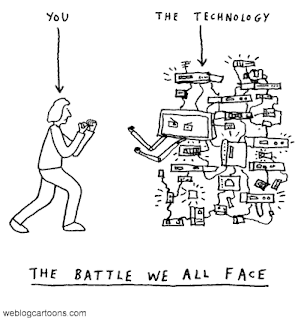 It seems fitting to review The Editors Weblog as my last post for the unit because of its enthusiasm for technology and convergence. Some of the issues that were discussed when I visited the website on 11th October 2008 included newsroom changes, the future model of newspaper journalism and internet advertising.
It seems fitting to review The Editors Weblog as my last post for the unit because of its enthusiasm for technology and convergence. Some of the issues that were discussed when I visited the website on 11th October 2008 included newsroom changes, the future model of newspaper journalism and internet advertising. Just like other blog websites, blog entries can be searched by category. This was helpful in my own investigation because I was able to quickly navigate to the multimedia section.
What instantly caught my eye was the post titled: "Digital media must be at the centre of newspaper publishing". As the title suggests, the post argues that the digital media must be integrated into the business model of news organisations to ensure future survival. According to Sly Bailey, the CEO of Trinity Mirror, putting digital media at the forefront of business is the only way to survive the current economic downturn.
I feel that this has been the continuing message in all of the materials that I have viewed this semester (including the readings, websites and videos).
So what does the future hold for journalism? I think it is inevitable that newspapers, radio and television will move online but what about beyond that? I came across a really interesting and amusing video on Youtube that forms its own predictions on what the future holds for the media. Obviously, it is purely speculative but I am looking forward to reviewing it in a few years (on a very high speed device in my flying car?) to see just how accurate it is.













